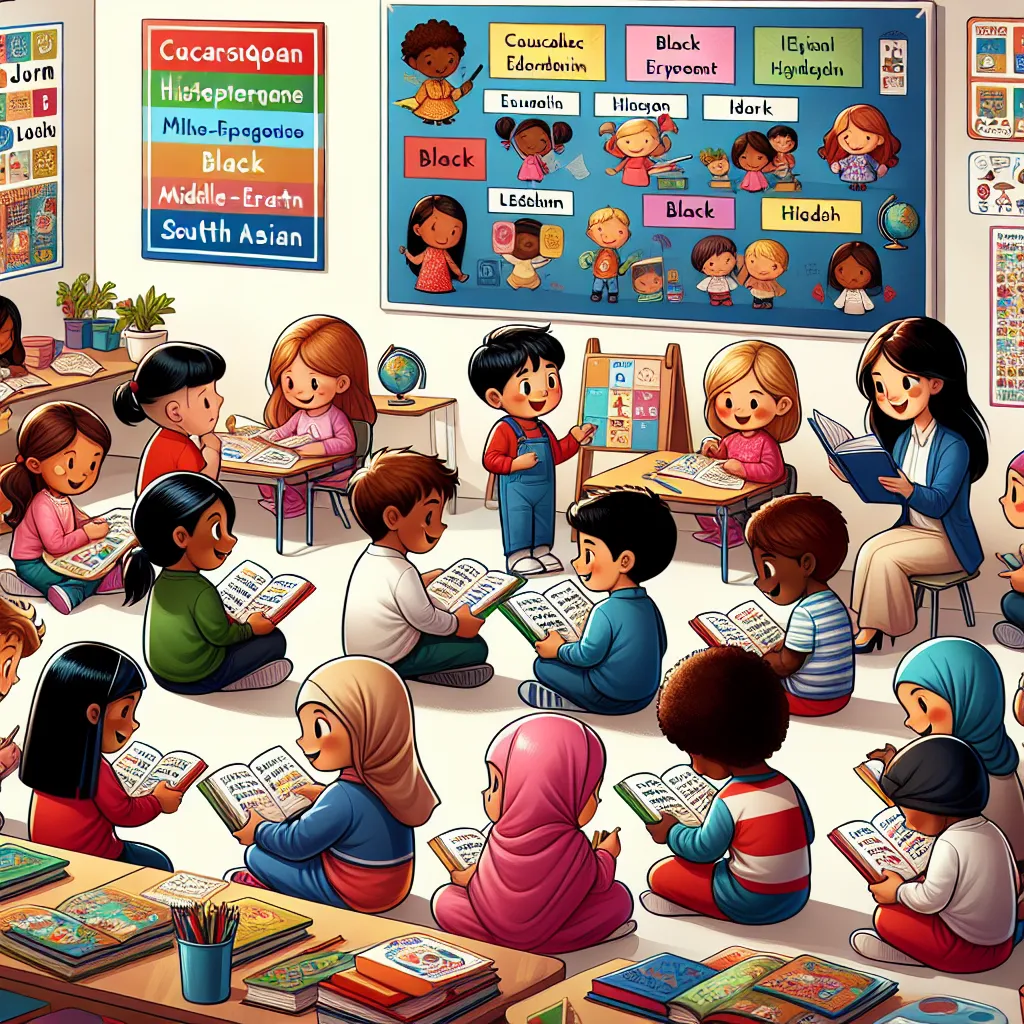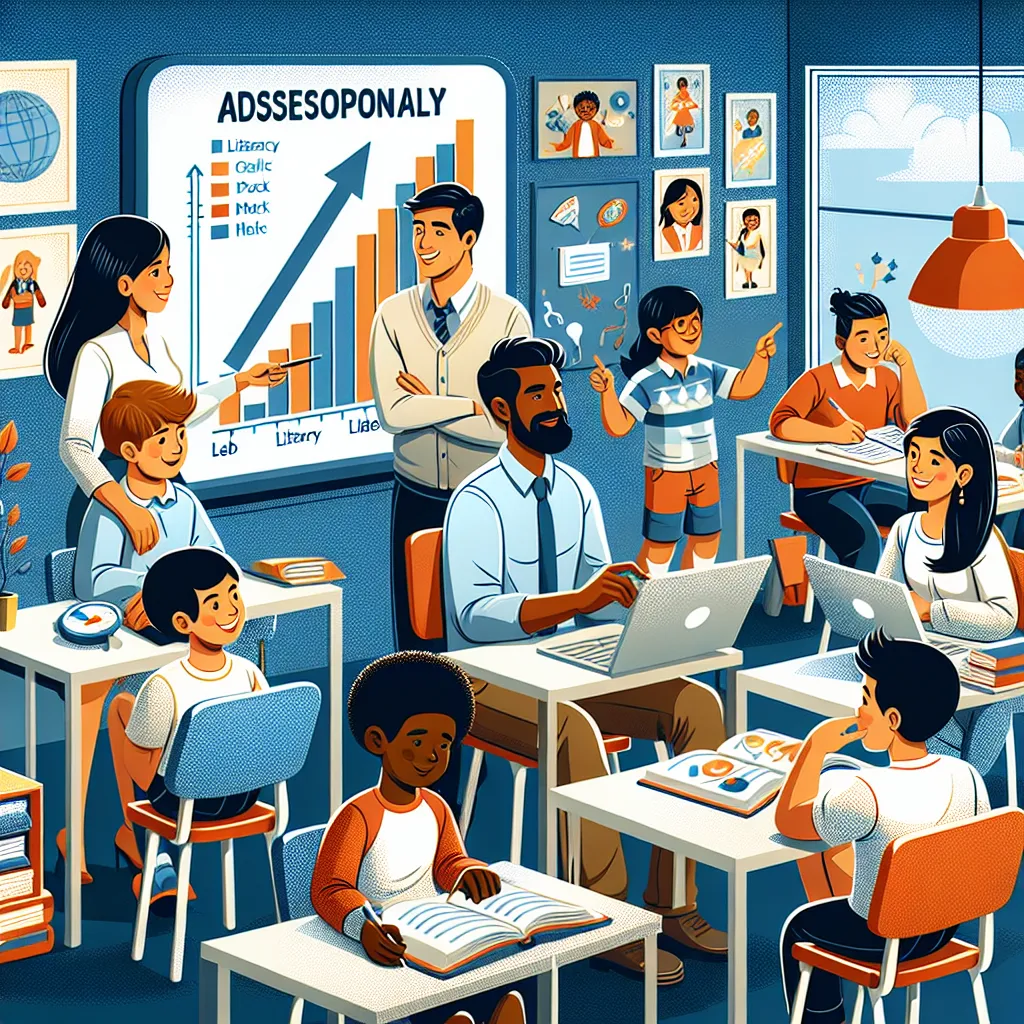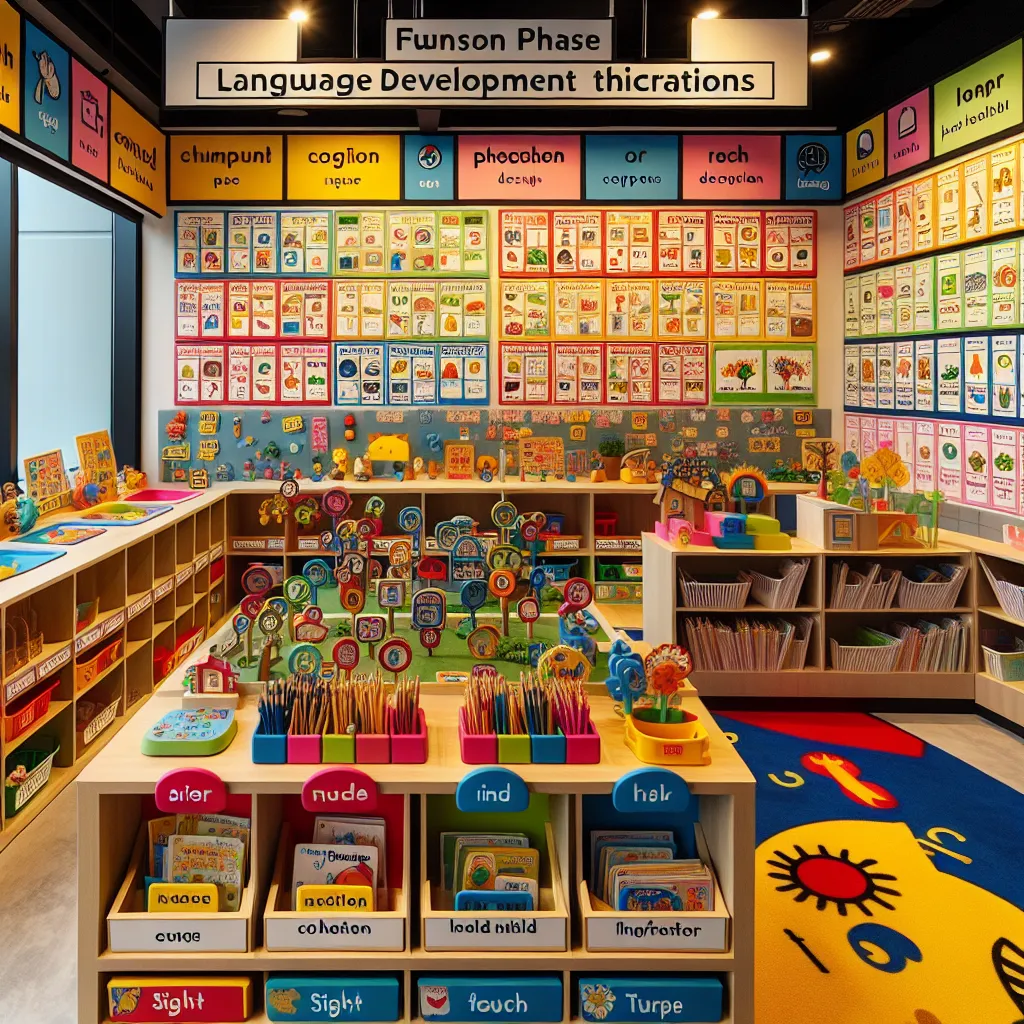Ask AI on The Internet
Question: 1.5 Assessment 04 This assessment measures your achievement of the outcomes of Learning Units 3 and 4. ASSIGNMENT/ ASSESSMENT 04 Essay-type questions NB: This assignment is COMPULSORY for all students registered for this module. Assignment 04 comprises essay-type questions. These questions are designed to help you work through study unit 3 and 4 of your online study guide. Question [40] 1.1 Learning to read and write are both social and cognitive endeavours. Children learn from parents, siblings, teachers and their peers. They copy what they see from these knowledgeable others and also make their own sense of the written words. Allow children to scribble around and read their scribbles to you. Based on the above excerpt, answer the following questions: 1.1a. Justify why reading is regarded as essential for children’s social and cognitive development. (10) 1.1b. Demonstrate your understanding of why reading and writing are regarded as inseparable components of literacy development. (10) 1.3 Differentiate between shared reading and independent reading. (10) 1.4 Describe effective ways that a foundation phase teacher should follow during reading aloud strategy. (10) Question 2 [40] 2.1 The language experience approach highlights the importance of children’s experiences being brought forward in the classroom and being used as a resource for learning Language experience approach, like its name, maintains that children learn better when they learn from their own experiences. Based on this statement, discuss steps that a teacher can take to record an experience as suggested by Gunning & Oxford (2014). (10) 2.2 Demonstrate your understanding of dexterity and prehension. (10) 2.3 Argue the role played by conceptual knowledge in the development of emergent writing. (10) Question 3 [20] 3.1 List the developmental stages of writing and discuss the first stage. (10) 3.2 Discuss the roles of the foundation phase teacher in promoting emergent writing. (10) 3.3 Demonstrate your understanding on the use of play as a strategies to build children’s love for writing. (10) TOTAL: 100 MARKS
Sure, it looks like you have an important assignment ahead of you. I will provide guidance to help you approach each question effectively. ### Question 1 [40 Marks] 1.1 **Cognitive and Social Development through Reading and Writing** 1.1a. **Justify why reading is regarded as essential for children’s social and cognitive development. (10 Marks)** - **Social Development:** - Reading exposes children to different cultures, perspectives, and characters, which helps develop empathy and understanding. - Shared reading activities encourage bonding between parents, teachers, and peers, fostering social connections. - It enhances communication skills and vocabulary, essential for social interactions. - **Cognitive Development:** - Reading stimulates brain development and enhances cognitive skills such as memory, concentration, and critical thinking. - It introduces new concepts and ideas, which expand a child's knowledge base and imagination. - Encourages problem-solving and analytical thinking through comprehension and interpretation of texts. 1.1b. **Demonstrate your understanding of why reading and writing are regarded as inseparable components of literacy development. (10 Marks)** - **Interdependent Skills:** - Reading and writing complement each other—good readers often become good writers and vice versa. - Writing activities reinforce reading skills by allowing children to apply phonics, vocabulary, and comprehension strategies in their writing. - Both involve the understanding and use of language structures. - **Reinforcement of Learning:** - Reading enhances vocabulary and syntax, which children then use in their writing. - Writing activities such as journaling or story creation help solidify reading comprehension and analysis skills. 1.3 **Differentiate between shared reading and independent reading. (10 Marks)** - **Shared Reading:** - Involves an adult (teacher/parent) and child reading a text together. - The adult models fluent reading and engages the child with questions and discussions. - It supports children in understanding complex texts and vocabulary. - **Independent Reading:** - Children read texts on their own, choosing materials that interest them and are suitable for their reading level. - It encourages autonomy and confidence in reading. - Provides an opportunity for children to practice and apply reading strategies independently. 1.4 **Describe effective ways that a foundation phase teacher should follow during reading aloud strategy. (10 Marks)** - **Preparation:** - Select engaging and age-appropriate texts. - Preview and practice reading the text to ensure smooth delivery. - **During Reading:** - Use expressive voice and gestures to capture attention. - Pause to ask predictive and analytical questions. - Encourage children to make connections with the story (personal experiences, other texts). - **Post-Reading:** - Discuss the story’s themes, characters, and events. - Engage in activities like drawing scenes or dramatizing parts of the story. - Encourage children to retell the story in their own words. ### Question 2 [40 Marks] 2.1 **Steps a Teacher can take to Record an Experience (Gunning & Oxford, 2014). (10 Marks)** - **Experience Discussion:** - Start with a discussion to let children share their experiences verbally. - **Scribing:** - The teacher writes down the children's words exactly as spoken without modifying their language. - **Reading Aloud:** - Read back the scribed text to the children to ensure accuracy and to give them a sense of ownership. - **Illustration:** - Children draw pictures related to their experience to accompany the text. - **Display:** - Create a display of the text and illustrations in the classroom for continuous reference and pride. 2.2 **Understanding Dexterity and Prehension. (10 Marks)** - **Dexterity:** - Refers to the skillful use of hands and fingers. - Important for writing, manipulating objects, and performing detailed tasks. - **Prehension:** - The act of grasping or holding objects. - Includes different types of grips such as palmar (whole hand) and pincer (using thumb and index finger). - Essential for handling writing tools and other classroom materials. 2.3 **The Role of Conceptual Knowledge in the Development of Emergent Writing. (10 Marks)** - Conceptual knowledge provides a foundation for understanding symbols, letters, and words. - Helps children make sense of the writing process by connecting their knowledge of the world to their writing. - Supports the development of meaningful and contextualized writing activities. ### Question 3 [20 Marks] 3.1 **Developmental Stages of Writing and the First Stage (10 Marks)** - **Stages:** - Scribbling - Pre-phonemic - Phonemic - Transitional - Conventional - **Scribbling Stage:** - This is the very first stage where children make random marks on paper. - It represents an early form of writing where children experiment with holding writing tools. - Gradually, their scribbles start to represent more intentional patterns and shapes. 3.2 **Roles of the Foundation Phase Teacher in Promoting Emergent Writing. (10 Marks)** - **Model Writing:** - Demonstrate writing practices through shared writing activities. - **Provide Materials:** - Offer various writing tools and materials like markers, crayons, and paper. - **Encourage Writing:** - Create a print-rich environment with labels, posters, and writing centers. - **Give Feedback:** - Provide positive reinforcement and constructive feedback on children’s writing attempts. 3.3 **Use of Play to Build Children’s Love for Writing. (10 Marks)** - Integrate writing activities into play-based scenarios (e.g., making signs for a pretend store). - Use playful storytelling where children can draw and write parts of the story. - Provide opportunities for children to write in role-play situations (e.g., writing a menu in a pretend restaurant). --- This outline provides a comprehensive guide to answering each essay question with detailed explanations and examples. Best of luck with your assignment!
Think your answer is better than the AI's? Post it below.
Other Most Relevant Posts:
 Assignment 04: Essay Questions
Justification of Reading for Children's Development
Reading and Writing in Literacy Development
Shared vs. Independent Reading
Teacher Techniques for Reading Aloud
Assignment 04: Essay Questions
Justification of Reading for Children's Development
Reading and Writing in Literacy Development
Shared vs. Independent Reading
Teacher Techniques for Reading Aloud
 # Assignment 04: Essay Questions
## Q1: The Importance of Reading for Children's Development
## Q2a: The Connection Between Reading and Writing
## Q1.3: Shared Reading vs Independent Reading
# Assignment 04: Essay Questions
## Q1: The Importance of Reading for Children's Development
## Q2a: The Connection Between Reading and Writing
## Q1.3: Shared Reading vs Independent Reading
Question Tags
If you want your question answered by an AI, click here.





Post your own comment: